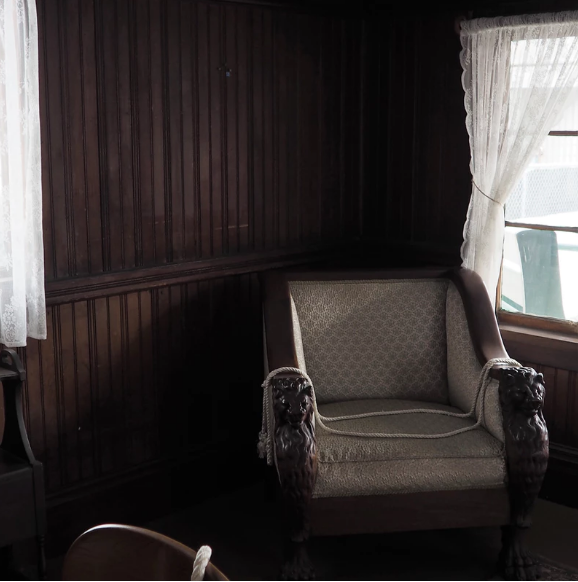Can I Paint Over Wood Paneling?

Wood is usually beautiful, and it can make your Metro Detroit area house feel comfortable and warm. However, if you are tired of your wood paneling which is damaged, outdated, or made from a substandard veneer, you may need to make a change. If you do not have a financial plan to get rid of it, you may want to consider applying a layer of paint.
A coat of paint will immediately make your dull paneling appear new and bright at only a fraction of the budget. While painting your paneling may not be hard to do, appropriate preparation is vital to enable the paint to stick well.
Should You Paint Your Wood Paneling?
Whether to paint your moldings and wood paneling or not is a controversial subject. When the wood veneer in question is the cheap one that was common in the 1970s, then the response is yes, you should paint. However, when it comes to more solid forms of wood paneling, then the answer brings a heated debate.
Before you make your decision, it’s wise to put into consideration the age of your home as well as the quality of your paneling. If you have not yet decided and you are in need of some motivation, you can download photos of some painted wood paneling. You will get plenty of them that prove to you just how stunning the final product looks.
If you settle on painting the wood paneling for your home, follow the steps outlined below. It may appear like cleaning the surfaces, sanding as well as priming are pointless, but paneling requires more attention if you intend the surface to look spectacular.
Clean the Entire Paneling and Moulding
Before you attempt anything with the wood paneling, ensure that you clean it up. A damp cloth will remove most of the dirt, cobwebs, and dust. If there are layers of debris, you should consider using a solution of trisodium phosphate, and water to remove all the debris.
You should never apply paint on a dirty surface since the paint won’t stick properly. Moreover, it will appear relatively sloppy since the paint will collect huddles of dirt making it impossible to acquire a flat and clean appearance.
Sand and Fill All Cracks
Fill any cracks or holes using wood putty and leave it to dry. Once it dries completely, you should sand the entire paneling lightly without forgetting the moldings and trim. The reason is to remove the sheen and bring out a light gritty surface to enable the paint to adhere easily. Avoid getting carried away and sand the surface too hard, either. Once you are through, wipe the surface using a damp rag to eliminate all the dust particles.
However, sanding is optional contingent on your paneling and the kind of paint you are planning to use. If you are considering using a primer, then sanding is not necessary. But whenever you are in doubt, the best thing to do is to sand it.
Seal Around The Trim
Ensure that you apply caulk on any gaps or cracks between the trim and panels, as well as around the doors and windows. You can apply caulk once you finish sanding. Leave the caulk to dry before you start painting.
Prime Everything
Add a thin layer of primer utilizing a lather sponge roller. Make sure you keep your brush nearby just in case to find any corners, seams, or cracks where your roller cannot go. Ensure that you cover the whole surface, as well as any trim.
It’s advisable to utilize a latex stain-blocking primer or an oil-based primer. Both paints will stop any wood or grease stains from getting through and messing up your painting.
Paint Your Paneling
When your primer dries off, apply a thin layer of paint to the whole surface. Begin from the top area and work your way down, ensuring that you cover every gap between your panels. Check for and eliminate any excess paint that collects between the grooves of the panels using your brush. Look out for any drips of paint, as well. Allow it to dry and then repeat.
After applying the primer and your first coat, your surface may appear finished, but an additional layer will give you a better coverage and enhance its durability as well. It’s worth the extra materials and your time.
Paint The Trim
Once you finish with your paneling, paint the trim using your preferred color. It’s usually ideal to use a sleeker finish than what you selected for your walls; however, it all depends on your personal preference.
